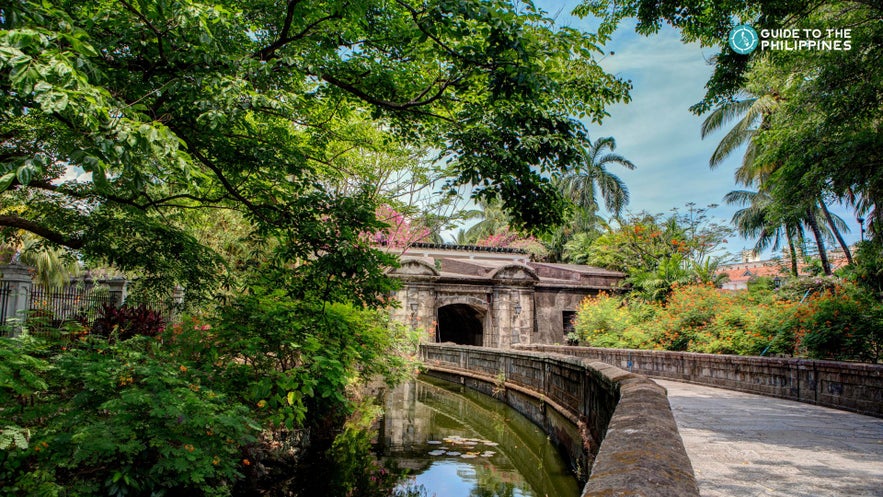Intramuros

Intramuros, Manila’s historic walled city, is a living museum that showcases centuries of Philippine heritage through its preserved Spanish colonial architecture and cobblestone streets.
Recognized as one of the most iconic tourist spots in Manila City, this captivating district offers visitors a journey back in time, where every corner narrates stories of culture, resilience, and tradition.
How to Get There
Reaching Intramuros old town is both simple and convenient. Whether you arrive by air or land, numerous Manila airport transfers ensure you start your adventure smoothly.
Once in the city, various transportation options will take you directly into the heart of this historic enclave, making it an accessible destination on any Manila tours. Thanks to its proximity to the airport and cruise terminals, Intramuros is also a top pick for layover tours in Manila and shore excursions, allowing transit travelers and cruise passengers to experience a rich slice of Filipino heritage even with limited time.
You can book guided Intramuros tours that delve into the stories behind landmarks like Fort Santiago and Manila Cathedral.
Activities
Intramuros old town invites you to explore its rich history through a range of engaging activities. For a more dynamic experience, consider a biking tour around Intramuros that lets you cover more ground at a leisurely pace.
Enhance your visit further by joining a food tour to Binondo Chinatown, where you’ll discover the vibrant blend of culture and cuisine that defines Manila City. To complete your cultural journey, opt for comprehensive Manila City tour packages and unwind in one of the best hotels in the city.
Best Time to Visit
The ideal time to visit Intramuros old town is during the cooler months from November to February, when comfortable weather makes a walking tour and outdoor explorations especially enjoyable.
Early mornings and late afternoons are perfect for experiencing the soft, ambient light that enhances the beauty of this historic area while avoiding the midday crowds.









